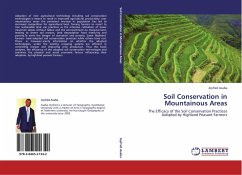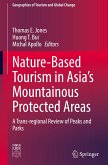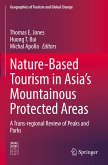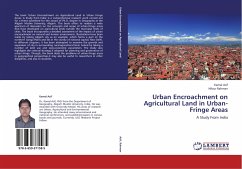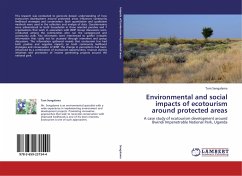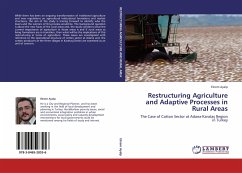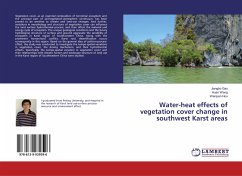Adoption of new agricultural technology including soil conservation technologies is meant to result in improved agricultural productivity. over mountainous areas the persistent increase in population has led to increased competition for agricultural land, forcing farmers to resort to non sustainable land use practices as the intensive cultivation of lower mountain slopes without fallow and the encroachment on marginal land, leading to severe soil erosion, land degradation food insecurity and poverty.To avert the danger of starvation and poverty, Some Highland farmers have adopted soil conservation practices while others have not. There is however scanty information on whether the adopted technologies, under the existing cropping systems are efficient in controlling erosion and improving crop production. Thus this book analyses, the efficiency of the adopted soil conservation technologies and examines the physical and social economic factors influencing their adoption, by highlandpeasant farmers.
Bitte wählen Sie Ihr Anliegen aus.
Rechnungen
Retourenschein anfordern
Bestellstatus
Storno

